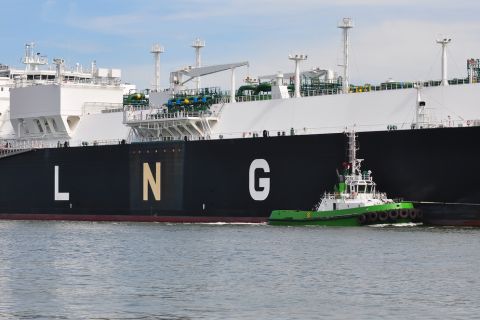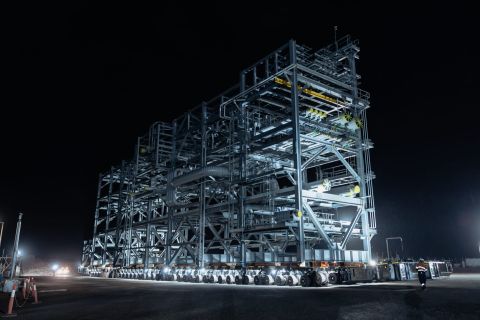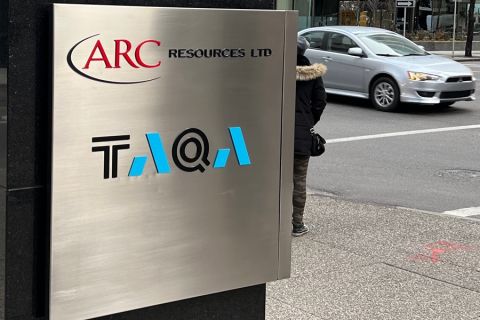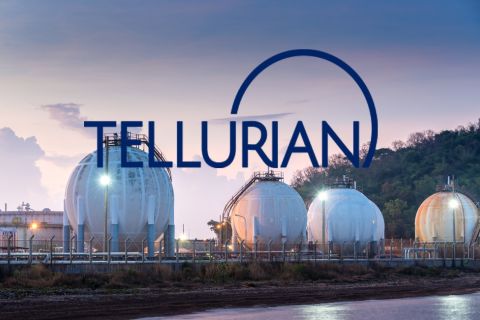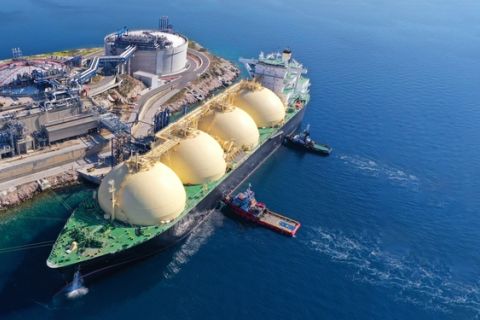Here at E&P magazine, we talk a lot about conditions that stand in the way of efficient production of oil and gas. We present readers with techniques such as managed-pressure drilling that reduce formation damage and technologies such as smart wells that minimize water invasion and maximize oil production.
A barrage of conditions outside those techniques and technologies keep getting in the way, and our technologies aren’t doing much about them.
For example, short of supporting elected officials and receptive governments, we really can’t do much about government practices that block production. You all can recall instances that prove that point. Some may remember when the United States fixed gas prices. That bright maneuver brought the nation’s gas-producing machine to a crawl that didn’t change until the controls were lifted, gas returned to free-market prices and people could make a profit producing gas.
Russia found itself in the same situation with fixed oil prices for consumers. When world prices dropped, exports skidded and there was no money to maintain fields. The result was a production disaster.
Mexico could produce more oil, but the current system that gives the government a big chunk of Pemex profits restricts that company’s ability to reach its production potential.
Or take a look at government policies on access. Much of the US prospective land and offshore areas are legally inaccessible or handcuffed with limited access. The US Minerals Management Service estimates the United States has 85.8 billion bbl of technically recoverable oil and 419.8 Tcf of gas remaining to be found offshore. Much of that — 44.9 billion bbl of oil and 212.5 Tcf of gas is in the Gulf of Mexico — mostly accessible, but 10.5 billion bbl of oil and 18.3 Tcf of gas is off the Pacific Coast and 3.8 billion bbl of oil and 37 Tcf of gas off the Atlantic Coast are under a drilling moratorium. Much of Alaska’s 26.6 billion bbl of oil and 132 Tcf of offshore gas also aren’t accessible.
Governments also have the power to make the working environment downright unattractive. Venezuelan President Hugo Chavez, for example, keeps taking bigger and bigger bites of the oil pie. And Bolivia nationalized its oil industry, taking a bigger share in the process. Russia uses its government administration like a club to beat foreign oil and gas investors into taking positions — such as giving Gazprom a half-interest in the biggest oil and gas program in the country — they would never take in a free market. Buying a half-interest- plus-one-share interest in a US $22 billion project for $7.5 billion is a great bargain for Gazprom.
The governments argue it’s for the good of the people. Too often it doesn’t work that way.
Weather is another force beyond the control of the oil and gas producer. When the double hurricane whammy of Katrina and Rita slammed into the Gulf of Mexico, it took out a huge amount of production.
On the other hand, some conditions are controllable. Major mergers and acquisition frequently result in new companies that don’t explore as much or grow production as quickly as the two pre-merger companies. On the plus side, the new company often spins off large portions of properties to pay for the acquisition, and smaller companies begin to develop those properties.
Conventional thinking is still another impediment to maximum efficient production. Business analysts are fond of saying insanity is doing the same things over and over and expecting different results. Some companies, unfortunately, fall into that definition of insanity, often balking at accepting new technology even when it has proven its worth.
Frequently, the acceptance of new ways of doing business has resulted in booms in the industry. For example, BP predecessor Amoco Production Co. tried a few horizontal wells to intersect vertical fractures in the Austin Chalk in South Texas. Within a decade that play was one of the biggest in the United States, and horizontal drilling was well on its way to raising production throughout the oilpatch.
Burlington Resources added support as it made the Bakken shale formation in North Dakota profitable with horizontal wells. That play still is going and has moved into Montana as well.
Mitchell Energy engineers had an idea that they could make the ultra-tight Barnett Shale produce gas profitably if they could just find the right fracture technique. It took them 10 years, but they did it, and the Barnett shale became the biggest gas play in the United States.
Nobody argues about the virtues of 3-D seismic anymore, and multicomponent seismic and long-offset seismic are ideas that prove themselves by reducing uncertainty and finding more production every day.
Someone had the idea of drilling with coiled tubing, a procedure that hasn’t caught on in the lower 48 United States but has created a booming industry in shallow wells in Canada, and re-entries with coiled tubing have added years to the life of Alaskan oil fields.
It’s true, operators can’t do a lot about the government, and they certainly can’t do much about the weather, except build more weather-resistant facilities.
On the other hand, they have adopted a double handful of technologies that create mini-bonanzas locally and lasting production benefits around the world. The next group of innovative solutions from innovative thinkers lies just around the corner.
Recommended Reading
Darbonne: Brownsville, We Have LNG Liftoff
2024-04-02 - The world’s attention is on the far south Texas Gulf Coast, watching Starship liftoffs while waiting for new and secure LNG supply.
Woodside’s Pluto Train 2 Nears 2026 Start Up with Modules Delivery
2024-02-21 - First 3 of 51 modules have arrived on site in Western Australia for the onshore LNG project that will receive gas from the offshore Scarborough project.
ARC Resources Adds Ex-Chevron Gas Chief to Board, Tallies Divestments
2024-02-11 - Montney Shale producer ARC Resources aims to sign up to 25% of its 1.38 Bcf/d of gas output to long-term LNG contracts for higher-priced sales overseas.
FERC Approves Extension of Tellurian LNG Project
2024-02-19 - Completion deadline of Tellurian’s Driftwood project was moved to 2029 and phase 1 could come online in 2027.
New Fortress Starts Barcarena LNG Terminal Operations in Brazil
2024-03-01 - New Fortress’ facility consists of an offshore terminal and an FSRU that will supply LNG to several customers.

